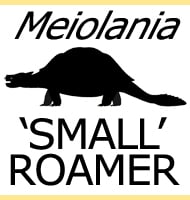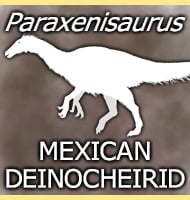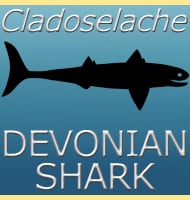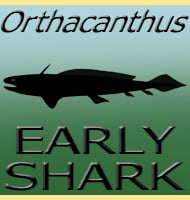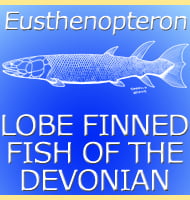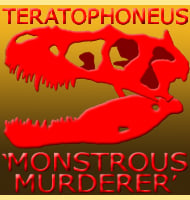In Depth
Since the closing decades of the twentieth century literally thousands of fossil bones of hadrosaurid dinosaurs have been found in Alaska. Initially considered to be lambeosaurines (the type with bony head crests), there were later determined to be saurolophines, specifically similar to Edmontosaurus. Most of these remains however have come from juveniles which has made it awkward to identify a specific genus given that juveniles can change form as they grow up. Still, work that began in 2014 has concluded with the establishment of a new genus for some of these remains in 2015, and that genus is Ugrunaaluk.
Ugrunaaluk was one of the most northern living hadrosaurs that we currently know about, and grew to a fairly large size. This places Ugrunaaluk in good standing to its more immediate relative genera such as Edmontosaurus as well as the particularly large Shantungosaurus from China. As with other hadrosaurs Ugrunaaluk would have been a plant eater and primarily quadrupedal when walking about, though bipedal locomotion and rearing would have still been possible, and perhaps quite common when feeding. Like other saurolophines, Ugrunaaluk had no kind of bony head crest. However, soft tissue preservation and studies in Edmontosaurus have proven that in life Edmontosaurus regalis had a fleshy soft tissue crest-like growth on its head. It is unknown if Ugrunaaluk had a similar display device.
One thing that stood out about the naming of Ugrunaaluk in 2015 is the surprise that most people still had at hearing the news that a dinosaur had been discovered in what is now Alaska. For a start it must be remembered that while in the Cretaceous Alaska was cooler that the tropical latitudes, it was still much warmer than it was today. In addition to this, many dinosaurs have been found in Alaska before Ugrunaaluk was. These include ceratopsians such as Pachyrhinosaurus, pachycephalosaurs such as Alaskacephale as well as indeterminate remains of small ornithopods. Predatory dinosaurs such as dromaeosaurs and troodonts such as Dromaeosaurus, Saurornitholestes, and even a variety of Troodon larger than southern relatives are also known. To top all this off there is even a tyrannosaur named Nanuqsaurus known from the same formation as Ugrunaaluk, and this predator may have been a particular danger to Ugrunaaluk.
Further Reading
- Dinosaurs on the North Slope, Alaska: High latitude, latest Cretaceous environments. - Science 237: 1608–1610. - E. M. Brouwers, W. A. Clemens, R. A. Spicer, T. A. Ager, L. D. Carter & W. V. Sliter - 1987. - Comparative Osteology and Phylogenetic Relationship of Edmontosaurus and Shantungosaurus (Dinosauria: Hadrosauridae) from the Upper Cretaceous of North America and East Asia. - Acta Geologica Sinica 88: 1623–1652. - H. Xing, X. Zhao, K. Wang, D. Li, S. Chen, C. M. Jordan, Y. Zhang & X. Xu - 2014. - Osteology, Relationships And Paleoecology Of a New Arctic Hadrosaurid (Dinosauria: Ornithopoda) From the Prince Creek Formation Of Northern Alaska. Unpublished Ph.D. thesis - University of Alaska Fairbanks, Fairbanks 333 pp - Hirotsugu Mori - 2014. - A new Arctic hadrosaurid from the Prince Creek Formation (lower Maastrichtian) of northern Alaska. - Acta Palaeontologica Polonica. - Hirotsugu Mori, Patrick S. Druckenmiller & Gregory M. Erickson - 2015.

